01 / 25
2019
The apartment is a unit of a building of thelate 50s in the center of Turin, a few steps from the Mole Antonelliana. The 130sqm apartment is initially “emptied” through the demolition of all the elements without structural function and a new texture takes place: a lightweight structural wooden balloon frame.
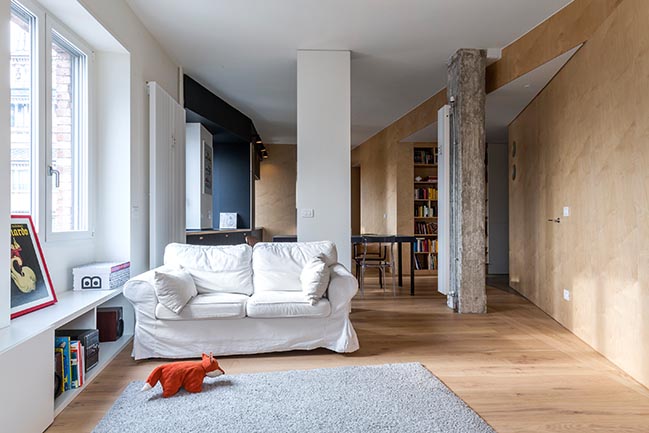
Architect: BLAARCHITETTURA
Location: Turin, Italy
Year: 2018
Area: 130 sq.m.
Project: Alberto Lessan, Jacopo L. Bracco
Project Team: Thomas Pepino, Rubén Martinez
Photography: Beppe Giardino
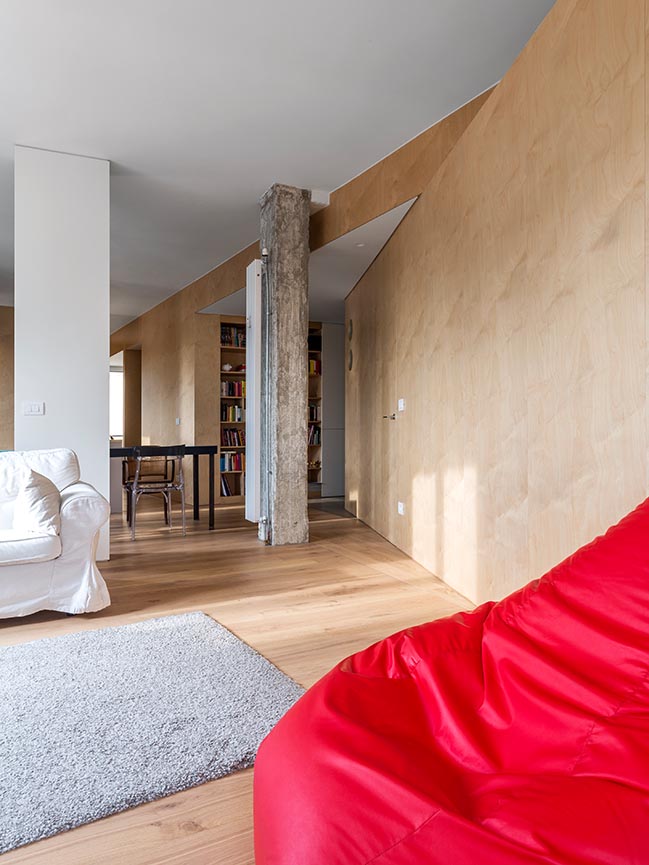
From the architect: From 2011, the year of birth of blaarchitettura, at the end of the different projects that involve us, one of our recurring activities is to evaluate how we can make our process more efficient. Over the years we have optimized issues related to the project and its phases, issues related to the relational aspects with the workers, but not less important, we continue to ask ourself how to optimize the construction methods and related techniques. We think, in fact, that some traditional methods of construction must be questioned and must be object of reflection.
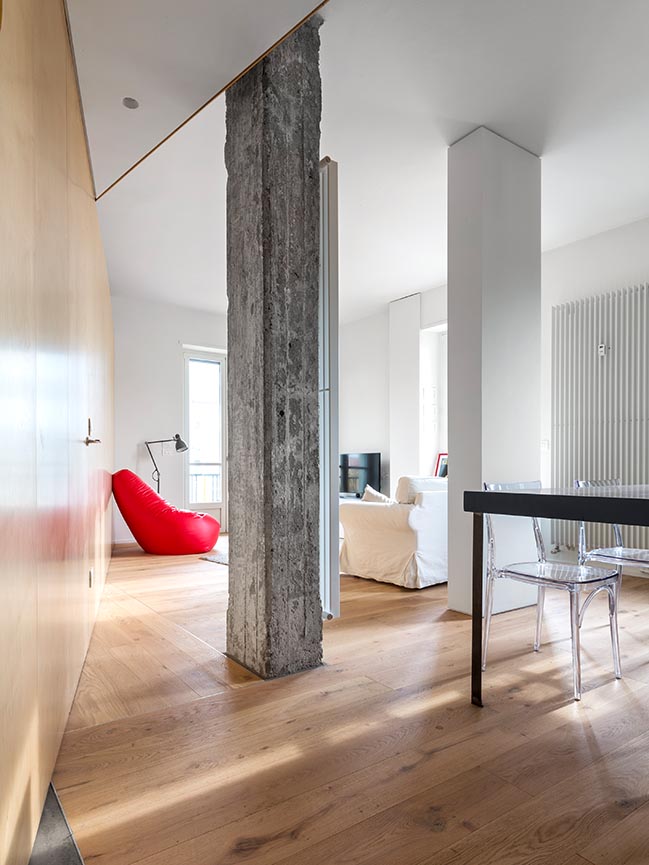
For example, the brick and plaster partitions system has developed and sedimented for its flexibility and plasticity, but not for its efficiency. It is consequent to a practice in which there is no clear definition of roles, mostly informal activities, in which most of the choices take place during construction, leaving the freedom to postpone decisions and remedy situations.
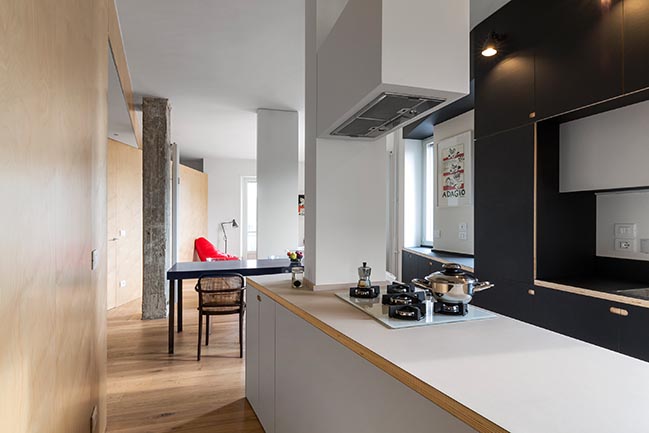
This scenario absolutely requires a plastic and moldable construction method, whereby the brick + plaster has always lent itself and still lends itself today. It is really efficient a technique in which to build a wall, first it is built, secondly it is partially demolished to insert the systems, in the third place it is plastered and finally painted? Do we really think that this process, which often lasts for months and needs 4 different workers, is an economic and optimized system?
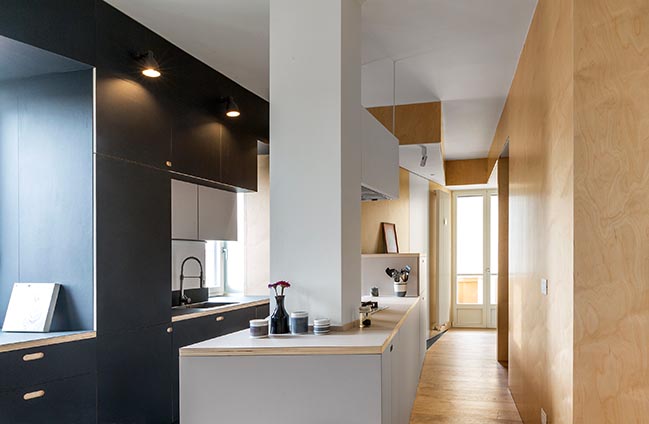
If the project is defined in advance, is it not advisable to adopt alternative and more sophisticated systems? Systems in which the different partitions can be designed specifically for their stratigraphy, acoustic and thermal structural resistance, and have the possibility to choose material and surface appearance.
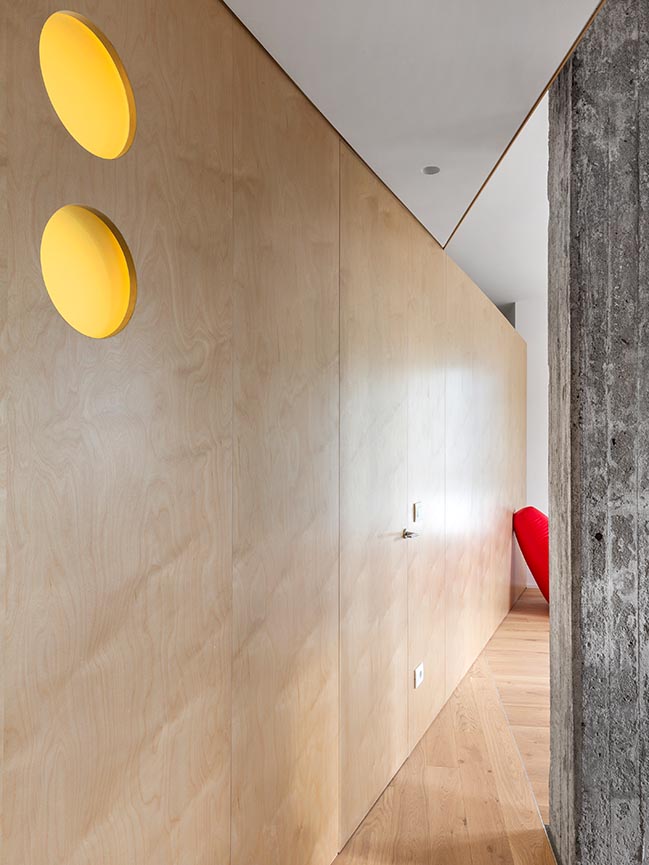
And if we opt for assembly and / or assembly, without the use of binders, kicks and water? As Jean Prouvè has summarized in his work, by arranging conceptual aspects and constructive methods, there is the possibility to clarify forms and functions, and to optimize their technique.This project was a field of experimentation for us, in which we had the opportunity to put into practice some of these reflections. During its construction has not been used a single brick.
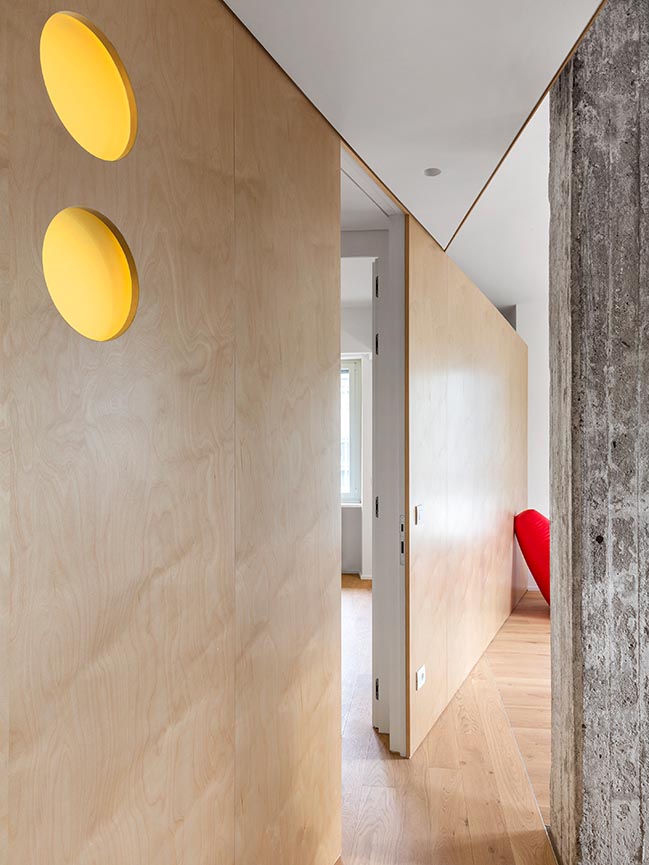
The 130sqm apartment is initially “emptied” through the demolition of all the elements without structural function and a new texture takes place: a lightweight structural wooden balloon frame. Through the total demolition of the internal partitions, we obtain a “clean” site. As a result, the only work has been to assembly the prefabricated birch walls.
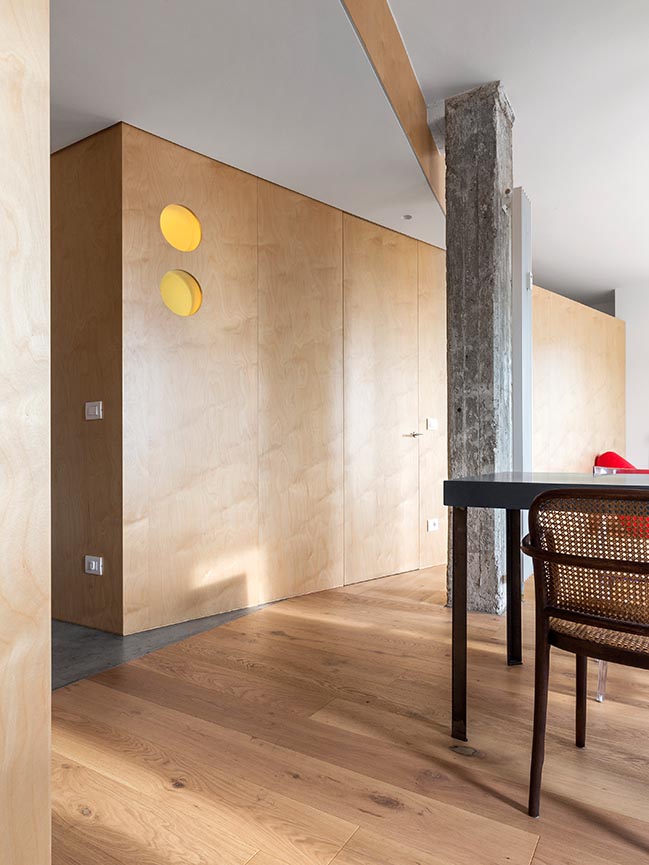
The millimetric survey of the external walls and the new electrical and hydric systems allowed to obtain precise drawings necessary for the production and pre-assembly in the workshop in 1:1 scale of the whole apartment in all its parts (walls and furniture). The new floors made before the laying of the wooden walls follow the layout of the rooms of the original apartment. Finishing changes (colored epoxy resin) and changes in parquet direction accentuate the old layout.
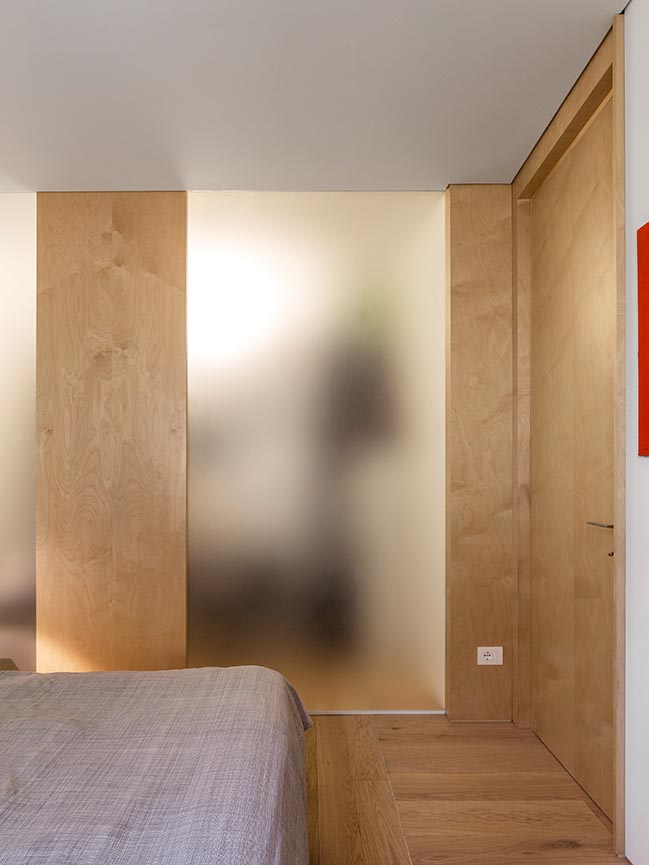
The new wooden partitions, on the contrary, define a new distribution by showing situations in which the floor of an area becomes part of another zone and in which the horizontal cladding does limit in its boundary walls but invades the adjacent spaces. The distribution, in contrast to the rectangular shape of the apartment, develops along two longitudinal diagonals that divide the living area from the sleeping area and distribution spaces. The same diagonals permit to appreciate both Mole Antonelliana and Palazzo Nuovo, something that could not happen in the previous distribution. We get therefore a very bright living area open on three sides including living room with kitchen and a bathroom and a double sleeping area sectioned at the entrance.
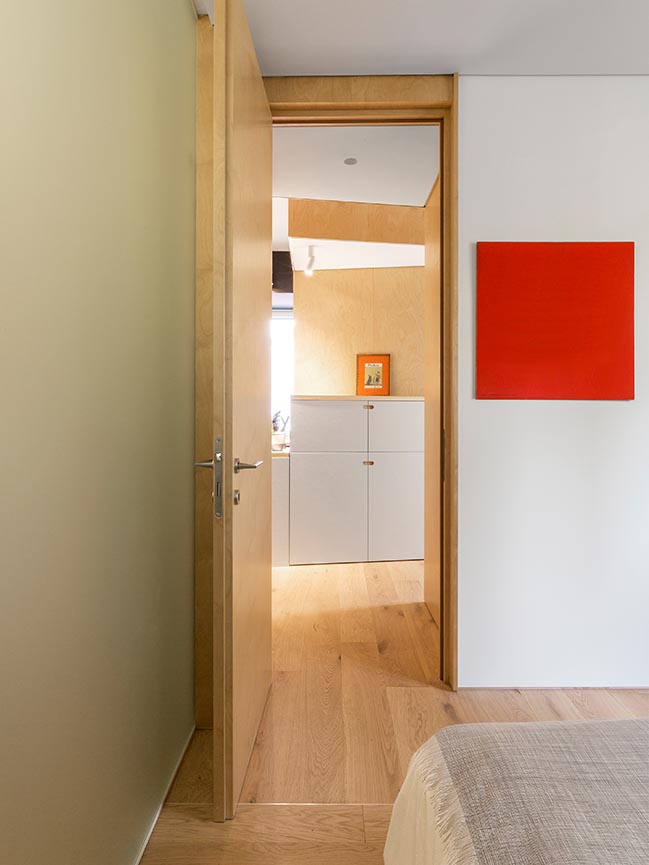
There is an alternation of volumes that in their arrangement become walls, and which compose and alternate full and empty spaces. There is the search not to define the spaces, but to interpenetrate them, working in section and in the plant at the same time, overlapping two-dimensional and three-dimensional layers. The definition of limits is denied, there is a desire to highlight borders but to prudently go beyond them. The use of “flush” construction details becomes indispensable.
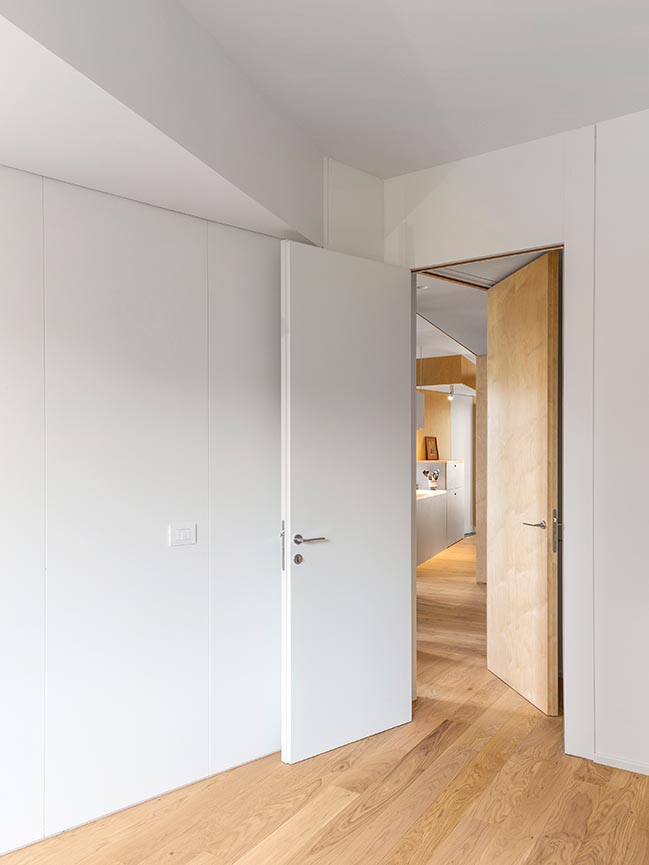
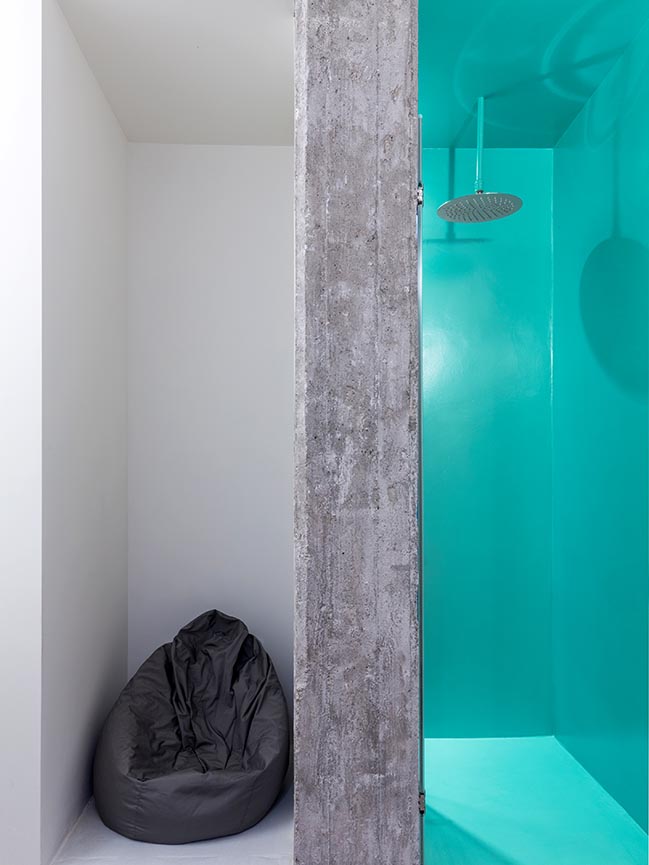
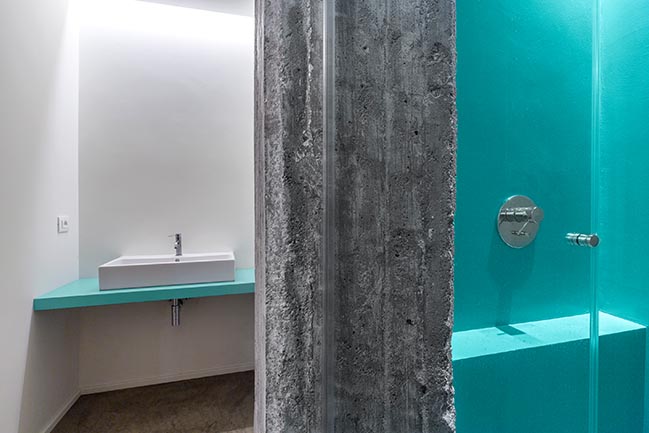

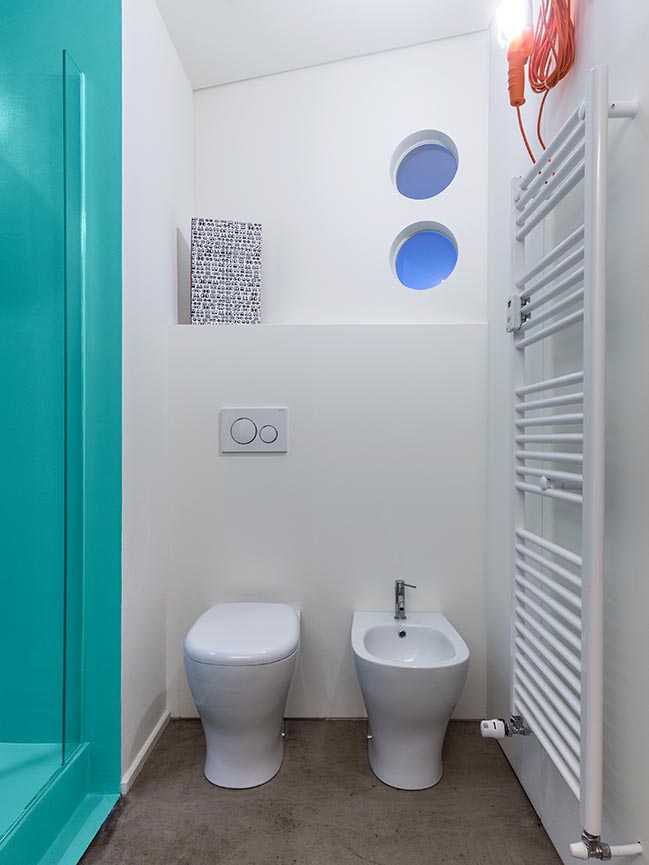
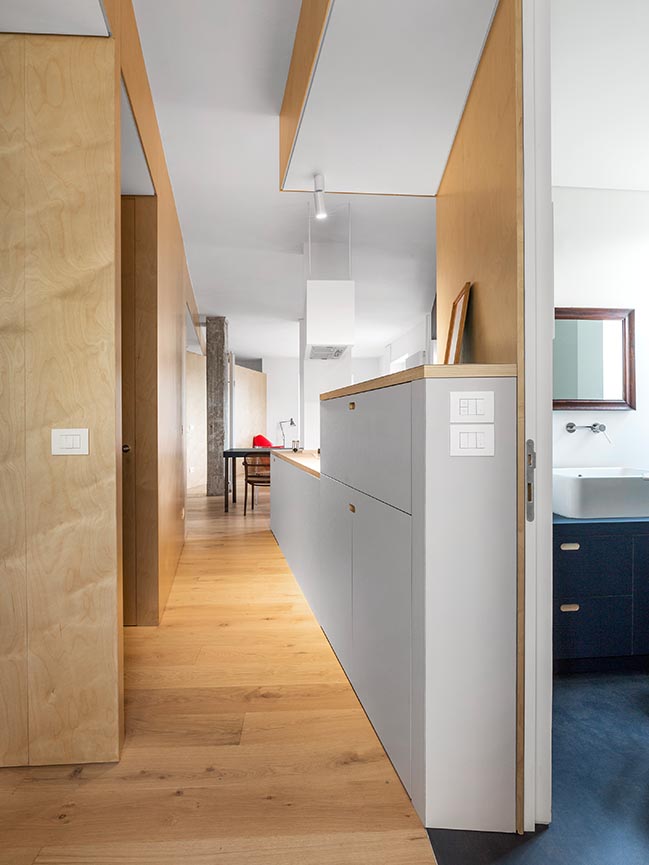
> YOU MAY ALSO LIKE: Renovation of an apartment in Turin by UDA Architects
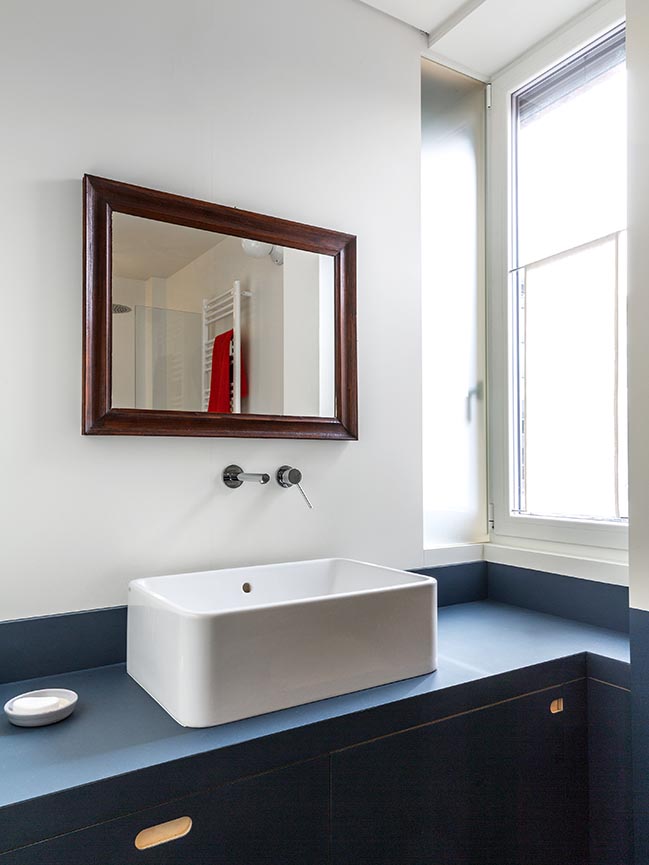
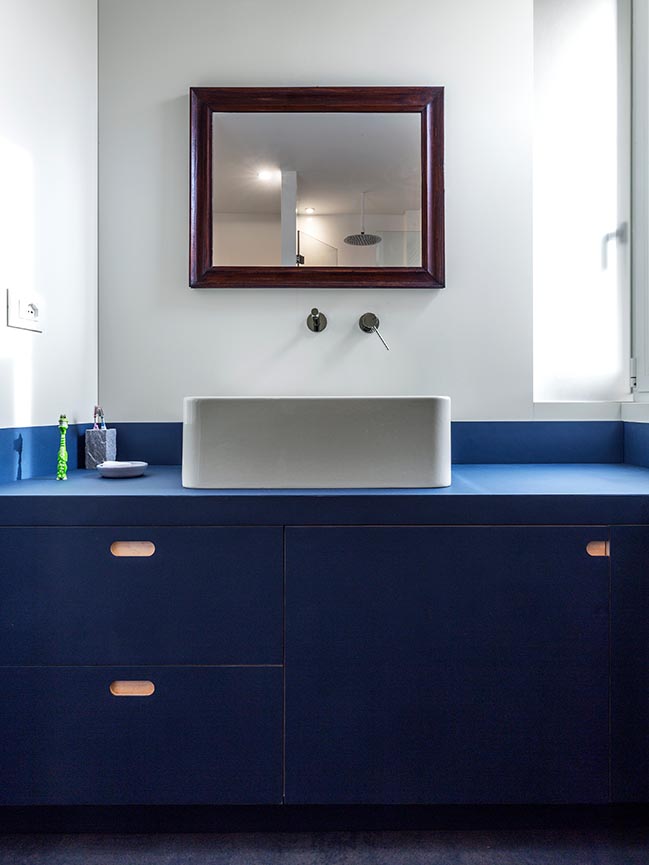
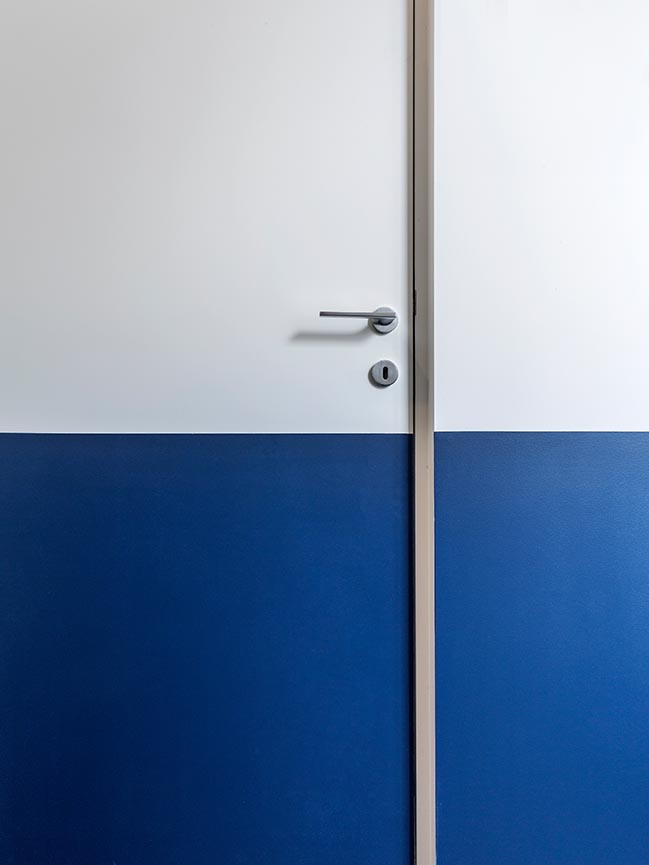
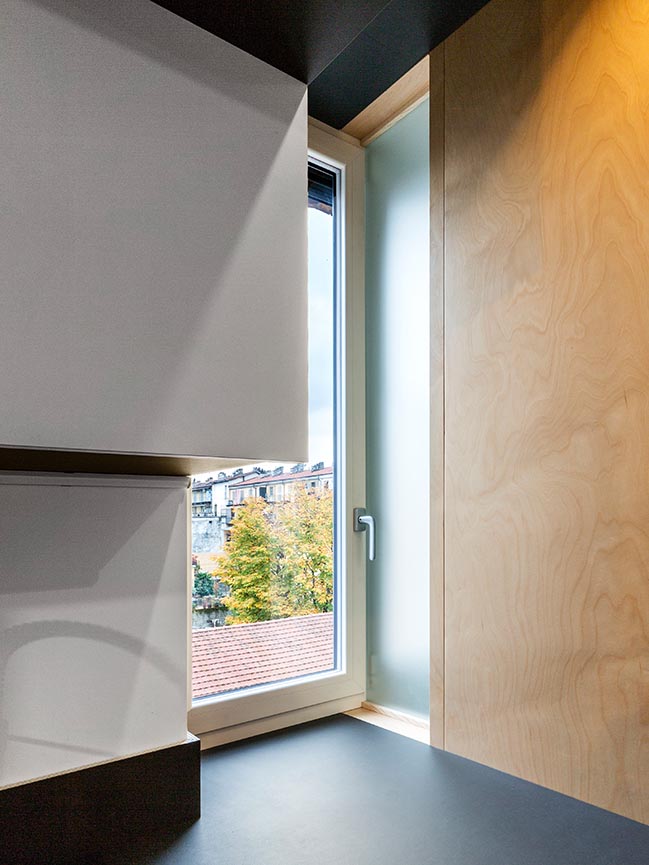
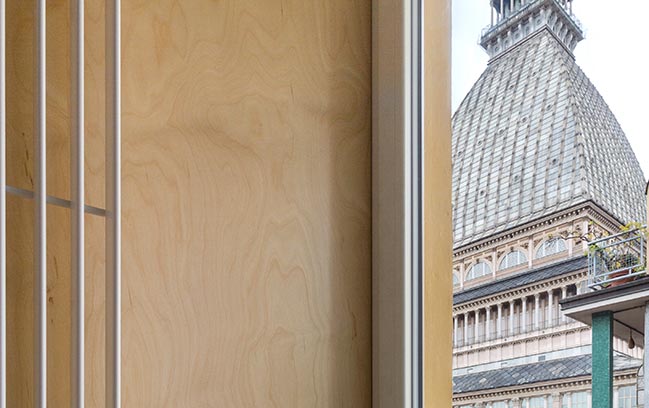
> YOU MAY ALSO LIKE: Margine breaths new life into a 1950s apartment in Rome
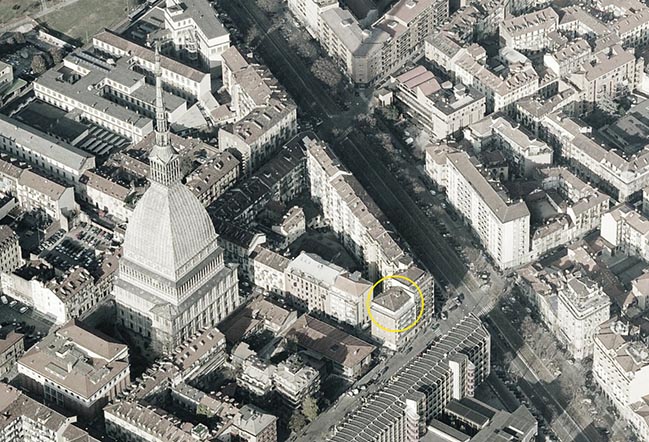
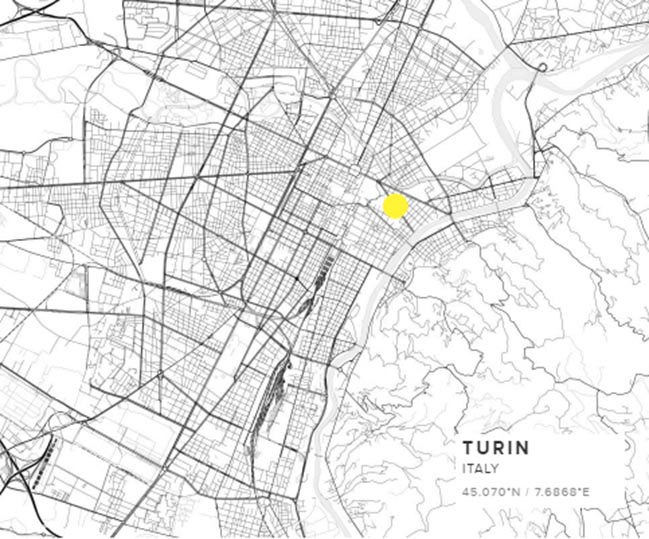

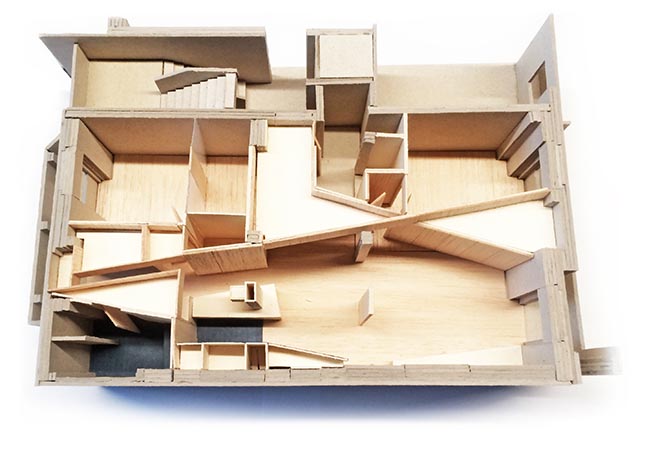
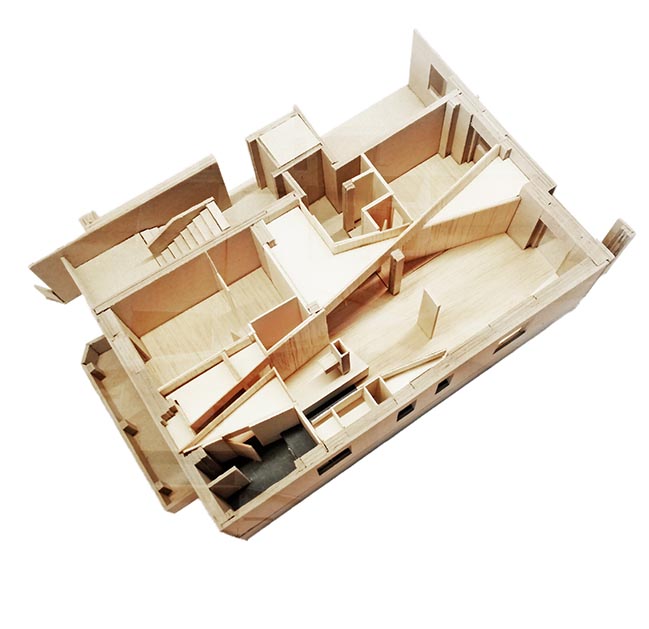

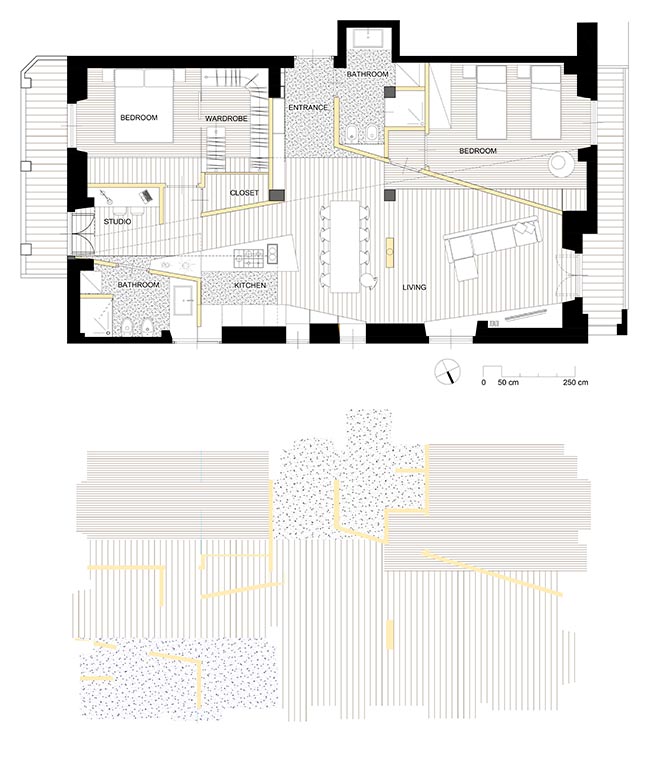


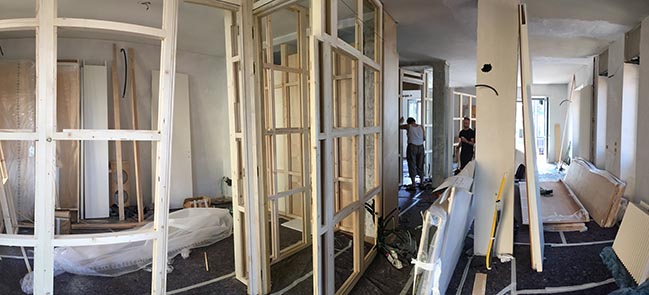
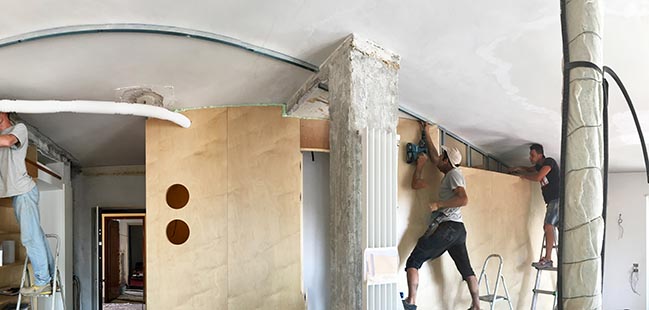
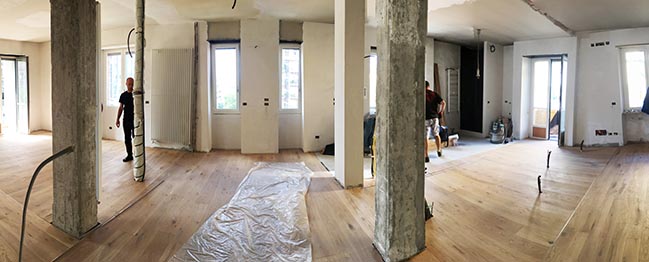
BEFORE CONSTRUCTION PHOTOS
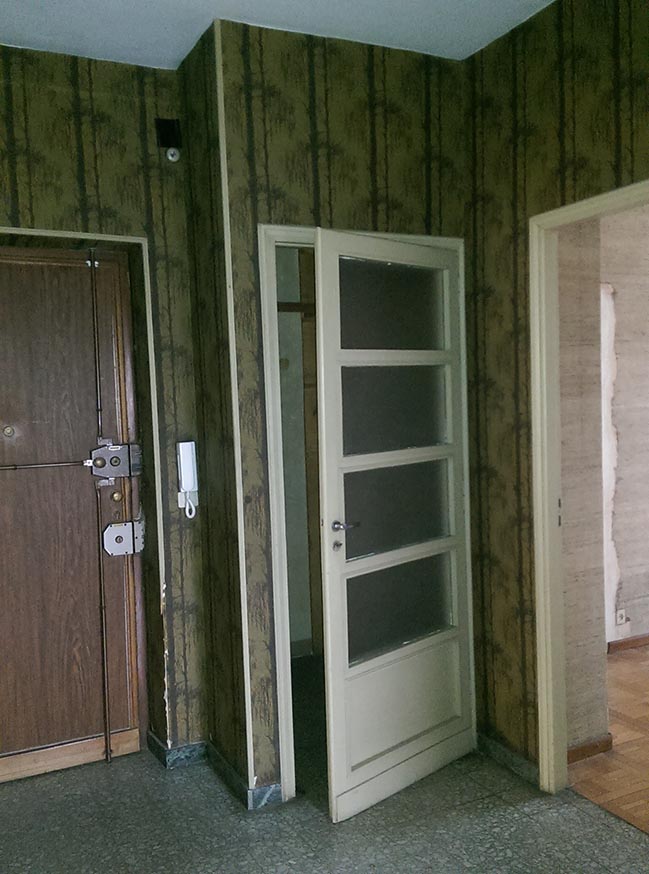
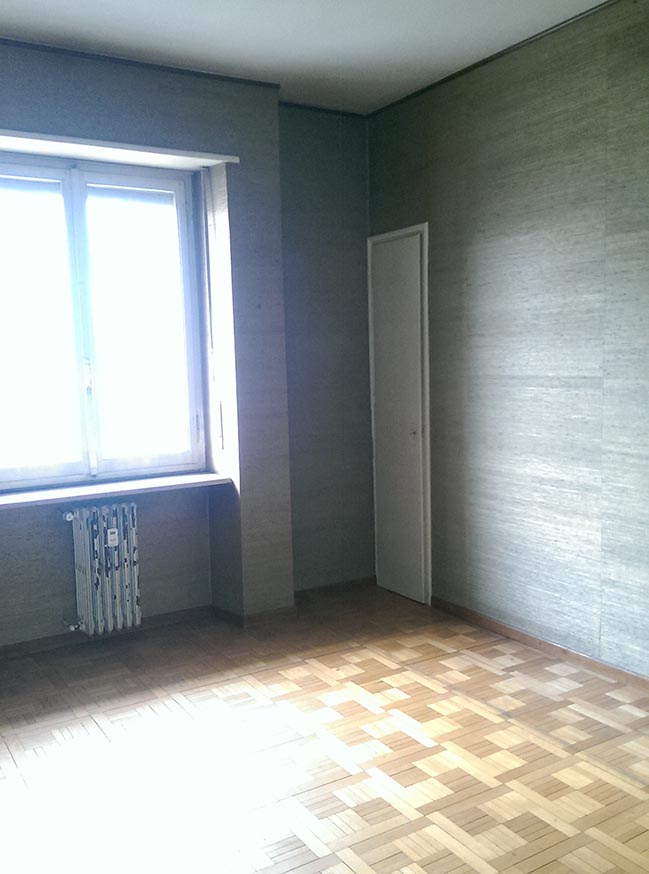
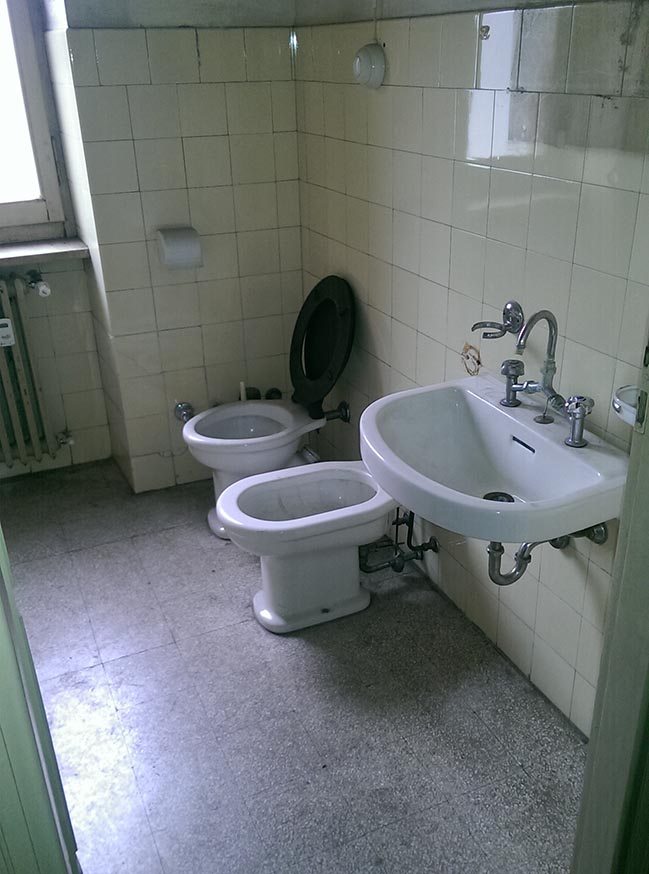
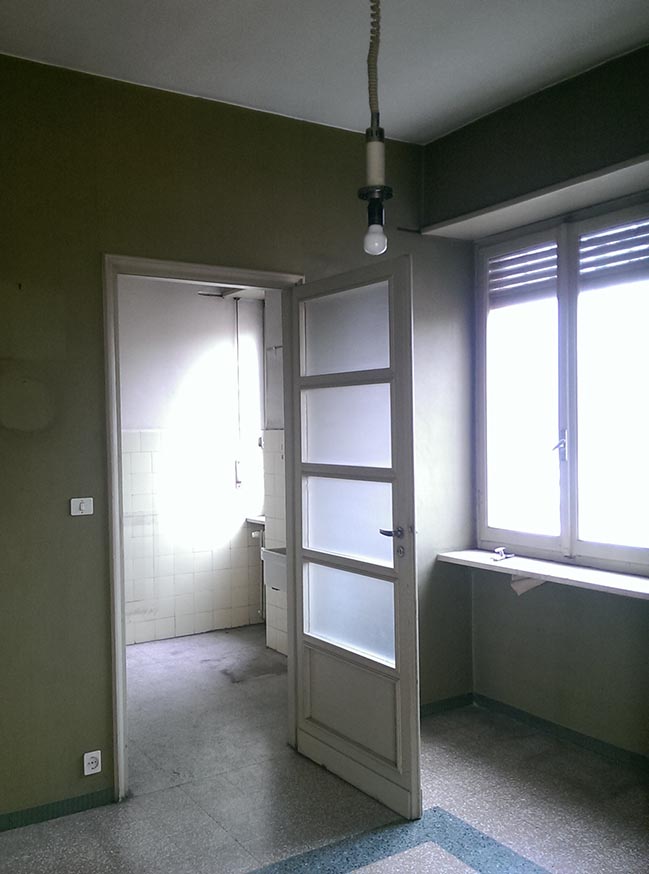
Italian Balloon Frame by BLAARCHITETTURA
01 / 25 / 2019 The apartment is a unit of a building of thelate 50s in the center of Turin, a few steps from the Mole Antonelliana
You might also like:
Recommended post: Stand Sauleda in Stuttgart by Dom Arquitectura
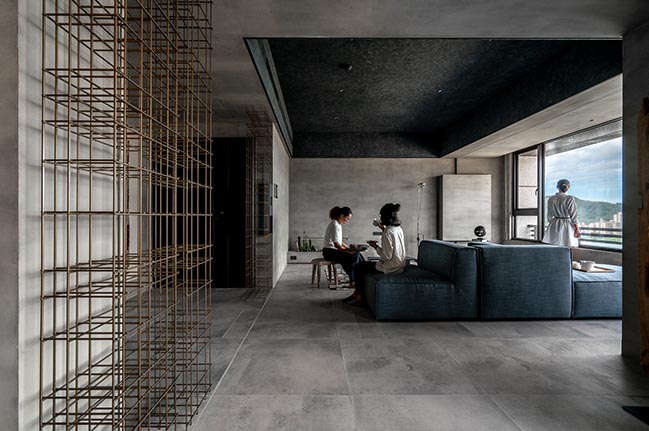
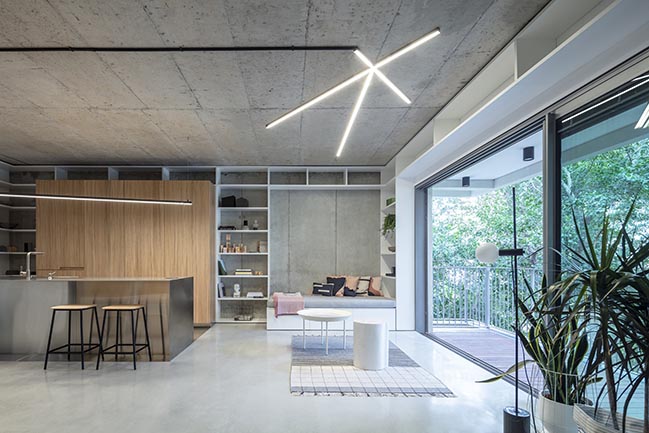
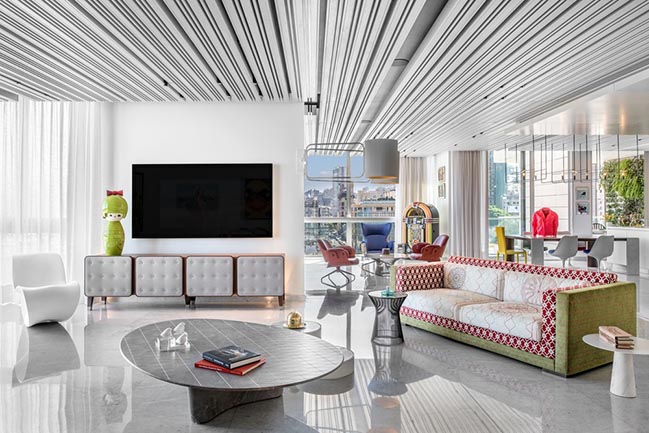
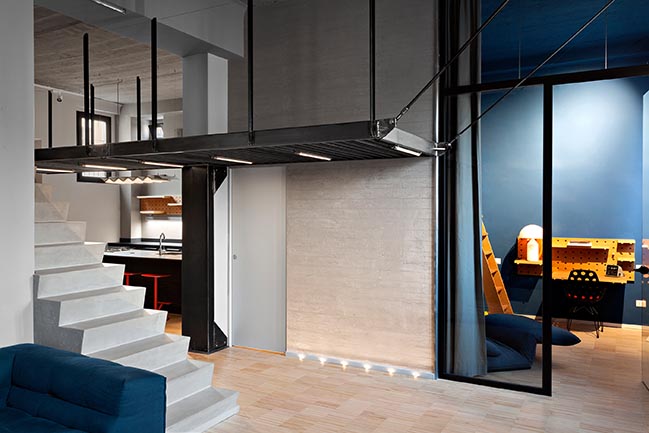
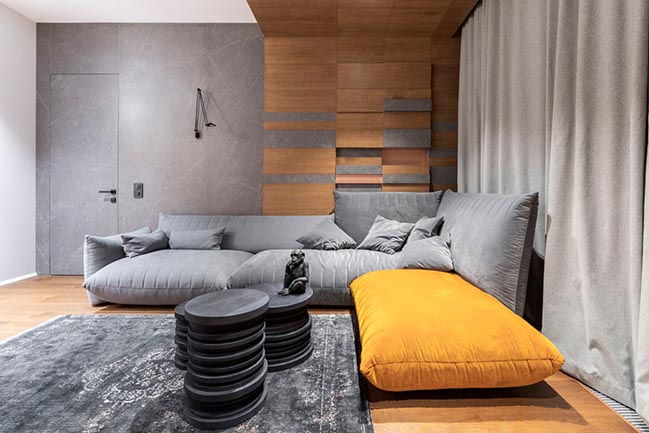
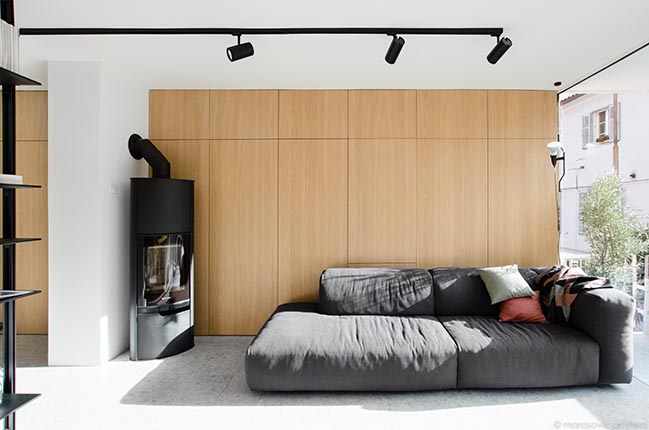
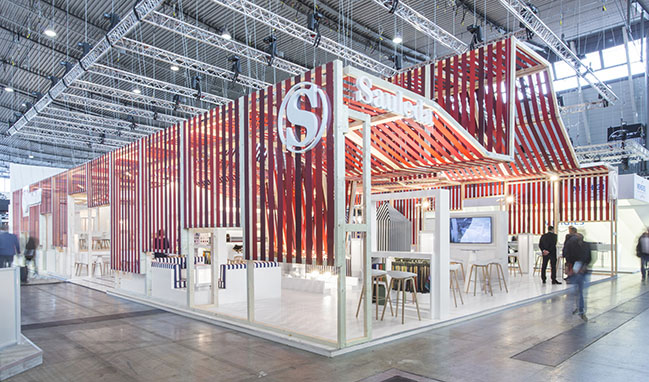









![Modern apartment design by PLASTE[R]LINA](http://88designbox.com/upload/_thumbs/Images/2015/11/19/modern-apartment-furniture-08.jpg)



